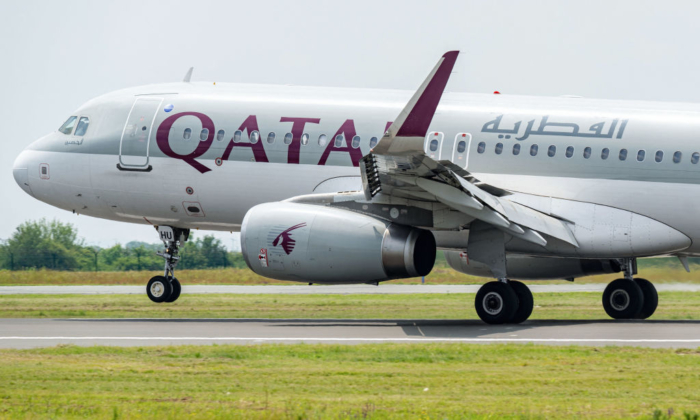An aviation expert has shared insights on airline turbulence following two separate incidents in less than a week that resulted in passenger injuries.
In one incident, twelve passengers and crew members were injured when a Qatar Airways flight from Doha to Dublin encountered strong turbulence. This event was followed by another incident where a man died and several passengers were injured after a Singapore Airlines plane experienced extreme turbulence en route to London.
Dublin Airport issued a statement regarding the Qatar Airways flight, mentioning that the aircraft landed safely in Dublin after encountering turbulence over Turkey. Emergency services met the plane upon landing, as six passengers and six crew members reported injuries. Eight passengers were taken to the hospital, while the return flight to Doha was scheduled to proceed with delays.
Passengers shared harrowing experiences of the turbulence, including food scattering throughout the plane and a flight attendant being lifted off the ground during the incident.
Aviation expert Keith Tonkin of Aviation Projects suggested that the two incidents were likely coincidental, as they involved different airlines and operations. He emphasized the importance of wearing a seatbelt during flights to minimize the risk of injury during turbulence.
Ian Douglas, a senior lecturer at UNSW School of Aviation, advised passengers to follow safety instructions and keep their seatbelts fastened during flights. According to the Australian Civil Aviation Authority (CASA), turbulence is categorized into six levels, ranging from light chop to extreme turbulence.
While lighter turbulence is common, severe and extreme turbulence events are considered rare occurrences. Maintaining awareness and following safety protocols can help mitigate the risks associated with turbulence during flights. Please rewrite this sentence.
Source link





